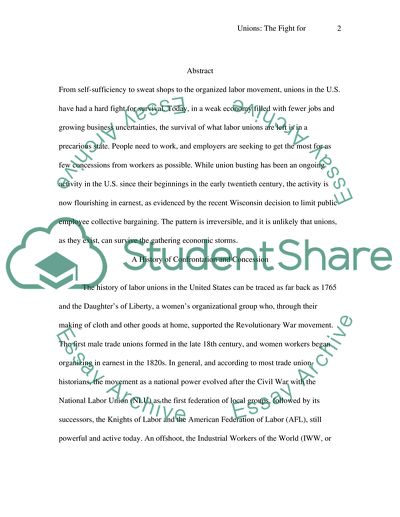Cite this document
(Unions: The Fight for Survival in a Changing Economy Research Paper - 1, n.d.)
Unions: The Fight for Survival in a Changing Economy Research Paper - 1. Retrieved from https://studentshare.org/social-science/1750815-decline-in-union-membership-in-the-us
Unions: The Fight for Survival in a Changing Economy Research Paper - 1. Retrieved from https://studentshare.org/social-science/1750815-decline-in-union-membership-in-the-us
(Unions: The Fight for Survival in a Changing Economy Research Paper - 1)
Unions: The Fight for Survival in a Changing Economy Research Paper - 1. https://studentshare.org/social-science/1750815-decline-in-union-membership-in-the-us.
Unions: The Fight for Survival in a Changing Economy Research Paper - 1. https://studentshare.org/social-science/1750815-decline-in-union-membership-in-the-us.
“Unions: The Fight for Survival in a Changing Economy Research Paper - 1”, n.d. https://studentshare.org/social-science/1750815-decline-in-union-membership-in-the-us.


